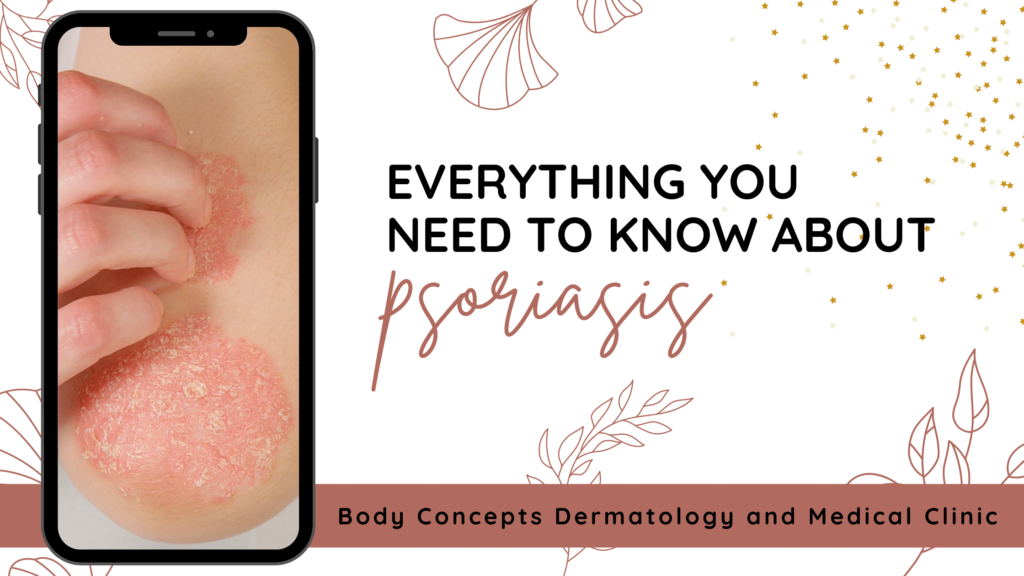
Skin is gentle and delicate. That is why it is prone to many uncomfortable issues and diseases such as psoriasis. Psoriasis is a common skin issue. For those who are unfamiliar with it, it presents two distinctive characteristics: white dry patches on the skin and itching. But, that is not all to it. Let’s dive deeper into these skincare issues, what causes it, how it can be treated, and whether you can prevent it from appearing.
What is psoriasis?
Psoriasis is a skin condition. It manifests through a buildup of skin cells, which causes scales and dry patches of the skin that are itchy. It does require a medical diagnosis and treatment, but it all starts with the visit to a dermatologist and establishing whether the condition is psoriasis or not.
The most common signs of psoriasis are inflammation and redness. The common psoriatic scales are white-silver in shade, and they develop thick, red patches. On the darker skin tones, they can appear in more purple color, as well as dark brown with gray scales. Due to the intensity and the severity of the condition, these patches can crack and bleed.
How and where does psoriasis appear?
Psoriasis appears as a result of a sped-up skin production process. This happens when the skin cells grow deep in the skin and then slowly rise to the surface. With time, they fall off. The skin cell cycle of life is 1 month. The psoriatic scales usually appear on the elbows and knees, but they can also develop on other parts of the body such as hands, feet, neck, scalp, face. Places where psoriasis is less likely to appear are the nails, mouth, genital area.
Psoriasis is a genetic condition. It can appear at any age. Triggers that can activate psoriasis are infections, stress, colds, weather, drug reaction, weight, change in hormones, etc.
Types of psoriasis
There are five different types of psoriasis that can appear on the skin:
Plaque psoriasis – this is the most common type and it represents through white-silver scales or plaques found on the elbows, knees, and scalp.
Guttate psoriasis – it comes in the form of small pink or violet spots, during childhood mainly. It can appear on the torso, arms, and legs.
Pustular psoriasis – is common for adults, this type causes white, pus-filled blisters. It can have a violet color on the darker skin and can be found on the hands and feet.
Inverse psoriasis – this type causes bright areas of red, shiny, and inflamed skin, which can appear under armpits, breasts, in the groin, or around skinfolds in the genitals. Erythrodermic psoriasis – is a rare and severe type of psoriasis that covers large sections of the body at once. It represents a sunburn look.
How to treat psoriasis?
There is no cure for psoriasis, whereas there are treatments that can alleviate the condition. They include topical ointments, light therapy, medications.
To be on the safe side and detect whether you have psoriasis, be sure to book and schedule an appointment at Body Concepts Dermatology and Medical Clinic and get ahead of the problem.




